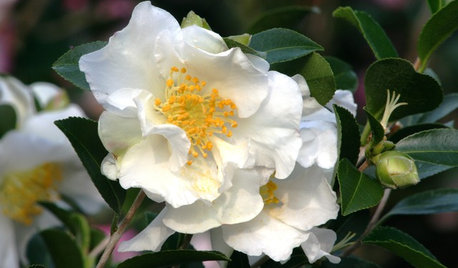Autumn Parrotia
StGuaposFire
9 years ago
Related Stories

WINTER GARDENING6 Flowers for Gorgeous Winter Garden Color
Blooming beauties can be yours from January through March — just take your pick from these bulbs, shrubs and even a tree
Full Story
SIDE YARD IDEASNarrow Trees for Tight Garden Spaces
Boost interest in a side yard or another space-challenged area with the fragrance and color of these columnar trees
Full StoryMore Discussions









ken_adrian Adrian MI cold Z5
hairmetal4ever
Related Professionals
New Bedford Landscape Architects & Landscape Designers · Elgin Landscape Contractors · Medford Landscape Contractors · Cordele Landscape Contractors · Maywood Landscape Contractors · Midland Landscape Contractors · Wallingford Landscape Contractors · West Chicago Landscape Contractors · West Coon Rapids Landscape Contractors · Norridge Landscape Contractors · Cary Decks, Patios & Outdoor Enclosures · Olathe Decks, Patios & Outdoor Enclosures · Orland Park Decks, Patios & Outdoor Enclosures · Owings Mills Decks, Patios & Outdoor Enclosures · Pleasant Grove Decks, Patios & Outdoor Enclosurespoaky1
StGuaposFireOriginal Author
davidrt28 (zone 7)
rogerzone6
Embothrium
StGuaposFireOriginal Author
rogerzone6
stl57
mikebotann
zephyrgal
StGuaposFireOriginal Author
StGuaposFireOriginal Author
whaas_5a
alexander3_gw
viburnumvalley
viburnumvalley
viburnumvalley
StGuaposFireOriginal Author
davidrt28 (zone 7)
whaas_5a
davidrt28 (zone 7)